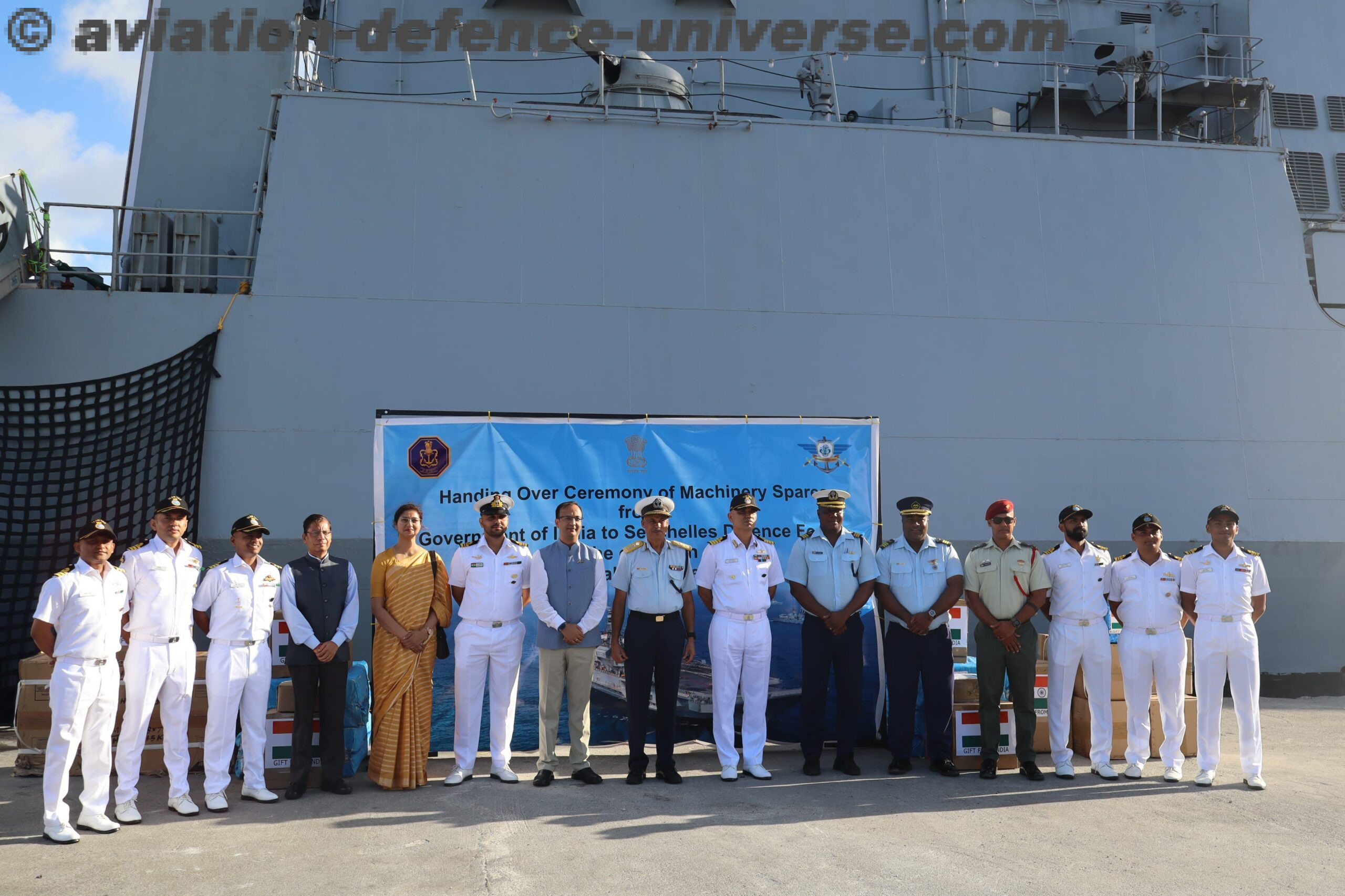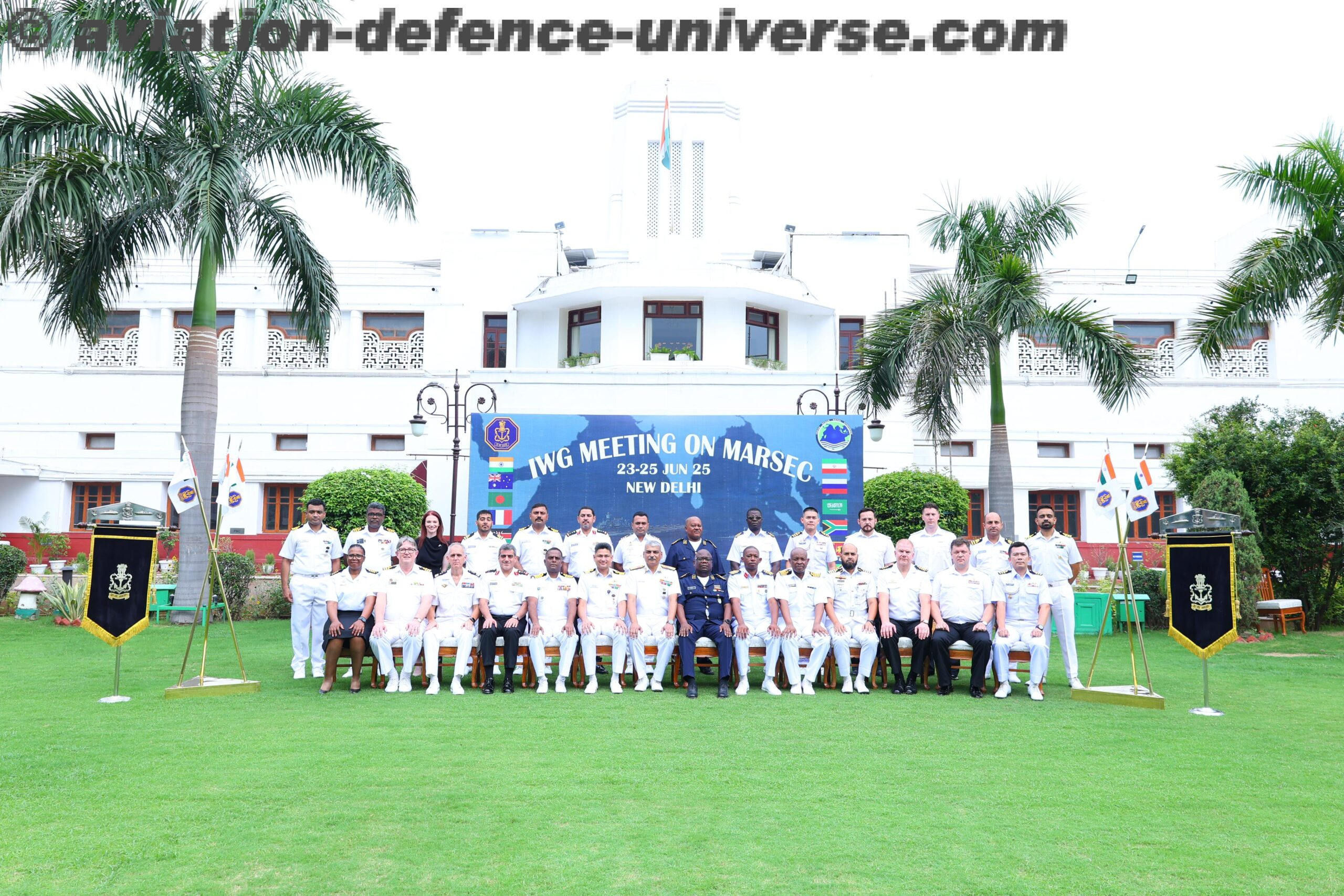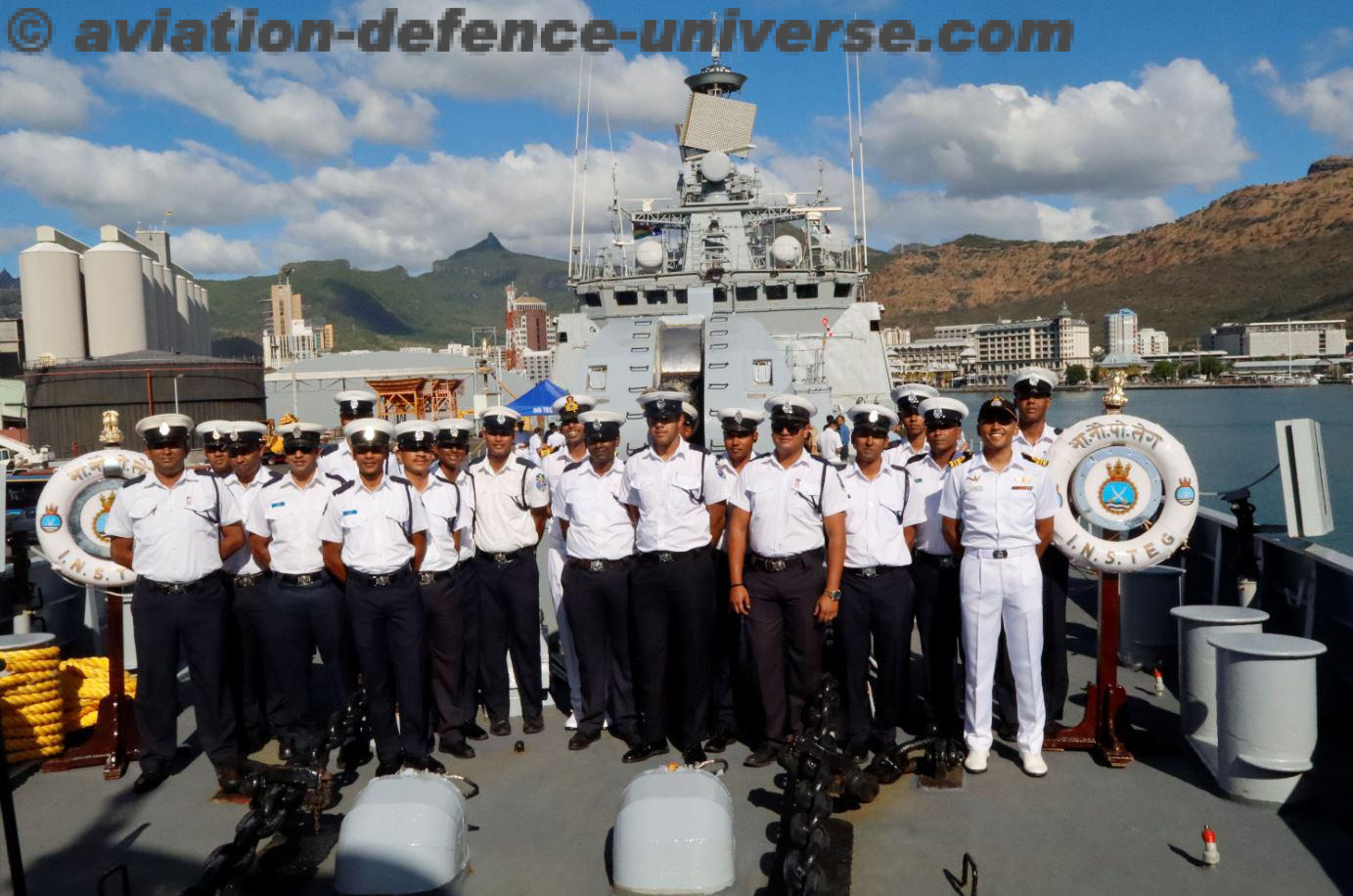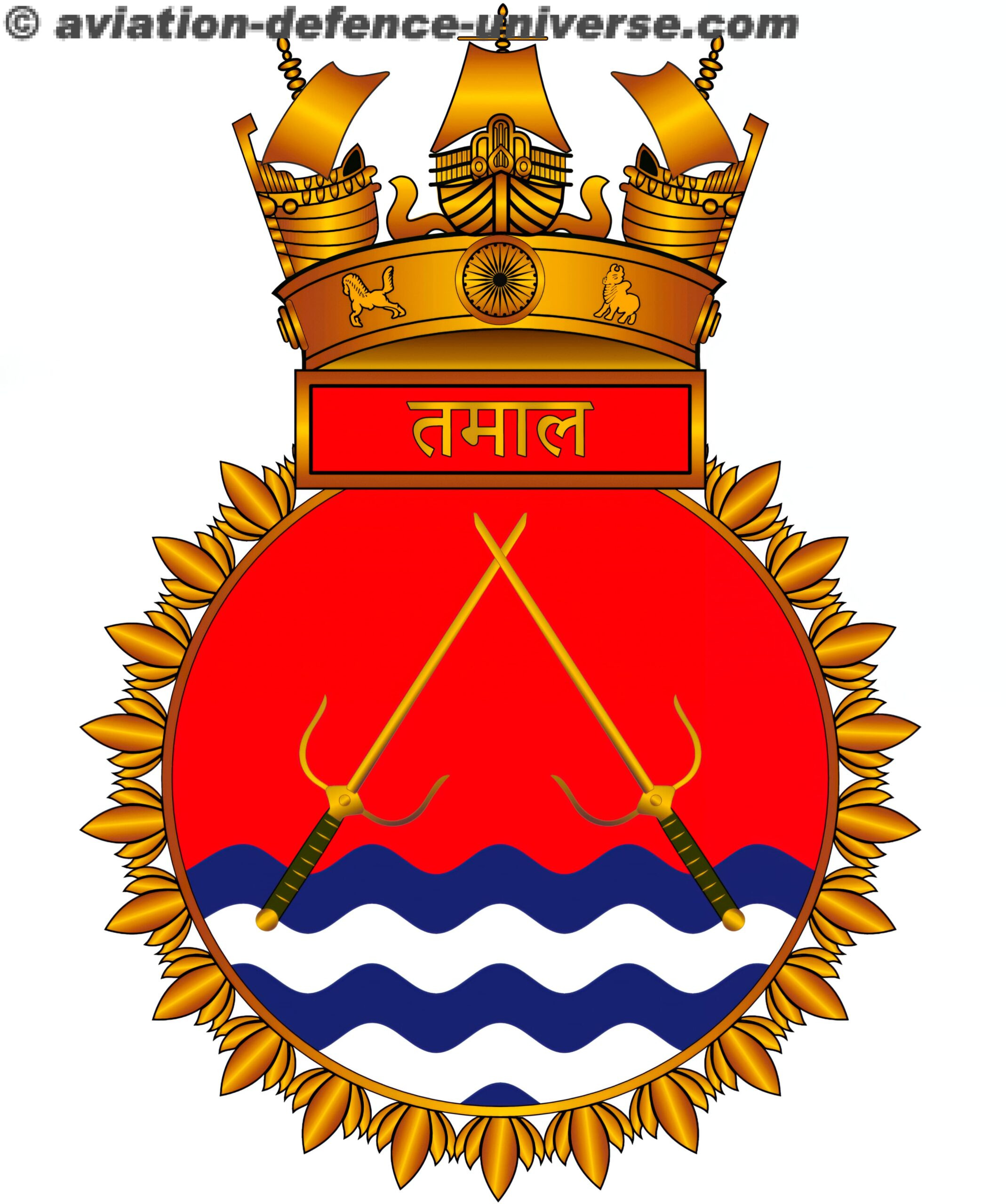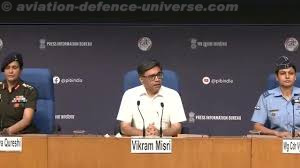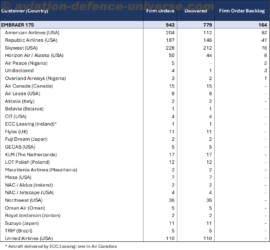New Delhi. 29 January 2019. The Victoria Cross (VC) is the highest and most prestigious award of the British honours system. It is awarded for gallantry “in the presence of the enemy” to members of the British Armed Forces. It may be awarded posthumously.
The VC was introduced on 29 January 1856 by Queen Victoria to honour acts of valour during the Crimean War. Since then, the medal has been awarded 1,358 times to 1,355 individual recipients. Only 15 medals, 11 to members of the British Army, and four to the Australian Army, have been awarded since the Second World War. The traditional explanation of the source of the metal from which the medals are struck is that it derives from Russian cannon captured at the Siege of Sevastopol. However, research has suggested another origin for the material. Historian John Glanfield has established that the metal for most of the medals made since December 1914 came from two Chinese cannon, and that there is no evidence of Russian origin.
Beginning with the Centennial of Confederation in 1967, Canada, followed in 1975 by Australia and New Zealand, developed their own national honours systems, separate from and independent of the British or Imperial honours system. As each country’s system evolved, operational gallantry awards were developed with the premier award of each system—the Victoria Cross for Australia, the Canadian Victoria Cross and the Victoria Cross for New Zealand—being created and named in honour of the Victoria Cross. These are unique awards of each honours system, recommended, assessed, gazetted and presented by each country.
A recommendation for the VC is normally issued by an officer at regimental level, or equivalent, and has to be supported by three witnesses, although this has been waived on occasion. The recommendation is then passed up the military hierarchy until it reaches the Secretary of State for Defence. The recommendation is then laid before the monarch who approves the award with his or her signature. Victoria Cross awards are always promulgated in the London Gazette with the single exception of the award to the American Unknown Soldier in 1921.
The Victoria Cross warrant makes no specific provision as to who should actually present the medals to the recipients. Queen Victoria indicated that she would like to present the medals in person and she presented 185 medals out of the 472 gazetted during her reign. Including the first 62 medals presented at a parade in Hyde Park on 26 June 1857 by Queen Victoria, nearly 900 awards have been personally presented to the recipient by the reigning British monarch. Nearly 300 awards have been presented by a member of the royal family or by a civil or military dignitary. About 150 awards were either forwarded to the recipient or next of kin by registered post or no details of the presentations are known.
The original Royal Warrant did not contain a specific clause regarding posthumous awards, although official policy was not to award the VC posthumously. Between the Indian Mutiny in 1857 and the beginning of the Second Boer War the names of six officers and men were published in the London Gazette with a memorandum stating they would have been awarded the Victoria Cross had they survived. A further three notices were published in the London Gazette in September 1900 and April 1901 for gallantry in the Second Boer War.
In an exception to policy for the Boer War, six posthumous Victoria Crosses, three to those mentioned in the notices in 1900 and 1901 and a further three, were granted on 8 August 1902, the first official posthumous awards. Five years later in 1907, the posthumous policy was reversed for earlier wars, and medals were sent to the next of kin of the six officers and men whose names were mentioned in notices in the Gazette dating back to the Indian Mutiny. The Victoria Cross warrant was not amended to explicitly allow posthumous awards until 1920, but one quarter of all awards for World War I were posthumous.
The process and motivations of selecting the medal’s recipients has sometimes been interpreted as inconsistent or overly political. The most common observation being that the Victoria Cross may be given more often for engagements that senior military personal would like to publicly promote. Also, although the 1920 Royal Warrant made provision for awards to women serving in the Armed Forces, no woman has been awarded a VC.
In the case of a gallant and daring act being performed by a squadron, ship’s company or a detached body of men (such as marines) in which all men are deemed equally brave and deserving of the Victoria Cross then a ballot is drawn. The officers select one officer, the NCOs select one individual and the private soldiers or seamen select two individuals. In all 46 awards have been awarded by ballot with 29 of the awards during the Indian Mutiny. Four further awards were granted to Q Battery, Royal Horse Artillery at Korn Spruit on 31 March 1900 during the Second Boer War. The final ballot awards for the army were the six awards to the Lancashire Fusiliers at W Beach during the landing at Gallipoli on 25 April 1915 although three of the awards were not gazetted until 1917. The final seven ballot awards were the only naval ballot awards with three awards to two Q-Ships in 1917 and four awards for the Zeebrugge Raid in 1918. The provision for awards by ballot is still included in the Victoria Cross warrant but there have been no further such awards since 1918.
Between 1858 and 1881 the Victoria Cross could be awarded for actions taken “under circumstances of extreme danger” not in the face of the enemy. Six such awards were made during this period—five of them for a single incident during an Expedition to the Andaman Islands in 1867. In 1881, the criteria were changed again and the VC was only awarded for acts of valour “in the face of the enemy”. Due to this it has been suggested by many historians including Lord Ashcroft that the changing nature of warfare will result in fewer VCs being awarded.
The Victoria Cross was extended to colonial troops in 1867. The extension was made following a recommendation for gallantry regarding colonial soldier Major Charles Heaphy for action in the New Zealand land wars in 1864. He was operating under British command and the VC was gazetted in 1867. Later that year, the Government of New Zealand assumed full responsibility for operations but no further recommendations for the Victoria Cross were raised for local troops who distinguished themselves in action. Following gallant actions by three New Zealand soldiers in November 1868 and January 1869 during the New Zealand land wars, an Order in Council on 10 March 1869 created a “Distinctive Decoration” for members of the local forces without seeking permission from the Secretary of State for the Colonies. Although the governor was chided for exceeding his authority, the Order in Council was ratified by the Queen. The title “Distinctive Decoration” was later replaced by the title New Zealand Cross.
The question of whether awards could be made to colonial troops not serving with British troops was raised in South Africa in 1881. Surgeon John McCrea, an officer of the South African forces was recommended for gallantry during hostilities which had not been approved by the British Government. He was awarded the Victoria Cross and the principle was established that gallant conduct could be rewarded independently of any political consideration of military operations. More recently, four Australian soldiers were awarded the Victoria Cross in Vietnam although Britain was not involved in the conflict.
Indian troops were not originally eligible for the Victoria Cross since they had been eligible for the Indian Order of Merit since 1837 which was the oldest British gallantry award for general issue. When the Victoria Cross was created, Indian troops were still controlled by the Honourable East India Company and did not come under Crown control until 1860. European officers and men serving with the Honourable East India Company were not eligible for the Indian Order of Merit and the Victoria Cross was extended to cover them in October 1857. It was only at the end of the 19th century that calls for Indian troops to be awarded the Victoria Cross intensified. Indian troops became eligible for the award in 1911. The first awards to Indian troops appeared in the London Gazette on 7 December 1914 to Darwan Sing Negi and Khudadad Khan. Negi was presented with the Victoria Cross by King George V during a visit to troops in France. The presentation occurred on 5 December 1914 and he is one of a very few soldiers presented with his award before it appeared in the London Gazette.


































